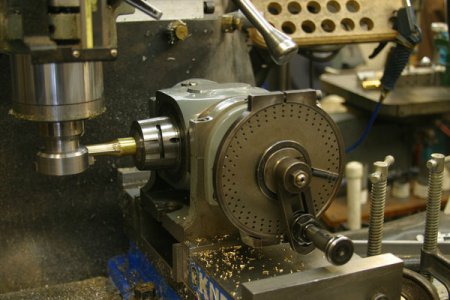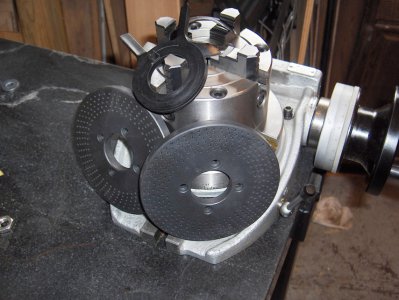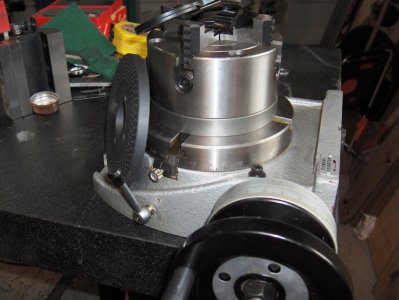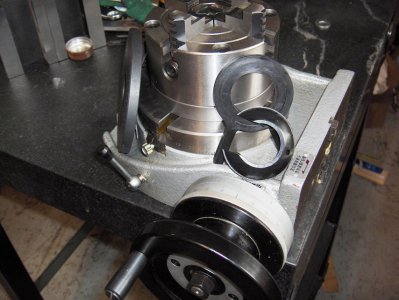Hello,
I've been thinking of picking up a dividing head in the fullness of time, and would be extremely grateful for any reviews that members might have of their units, or opinions regarding desired features, things to look out for, good brands, etc. I'm particularly fond of the older home-grown brands, but that bias is not founded on any personal experience with these gizmos.
What brands are worthy of consideration? Cinncinnati, Van Norman, B&S, Hardinge, etc? What variety of gear ratios are out there beyond the common 40:1 ratio, and what are their virtues? What size dividing heads make sense for a mid-size knee mill? How interchangeable are the plates for various different brands which might make them easier to find for sale? What questions should I be asking?
Thanks for the time!
Hannes.
I've been thinking of picking up a dividing head in the fullness of time, and would be extremely grateful for any reviews that members might have of their units, or opinions regarding desired features, things to look out for, good brands, etc. I'm particularly fond of the older home-grown brands, but that bias is not founded on any personal experience with these gizmos.
What brands are worthy of consideration? Cinncinnati, Van Norman, B&S, Hardinge, etc? What variety of gear ratios are out there beyond the common 40:1 ratio, and what are their virtues? What size dividing heads make sense for a mid-size knee mill? How interchangeable are the plates for various different brands which might make them easier to find for sale? What questions should I be asking?
Thanks for the time!
Hannes.





